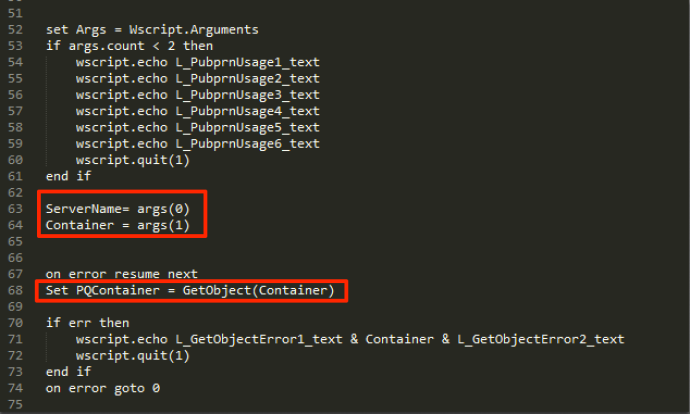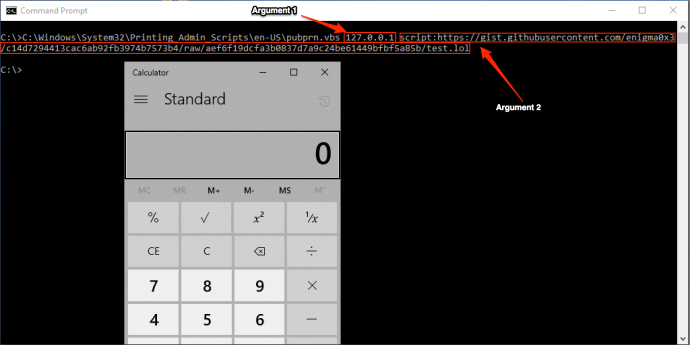In the recent months, I have spent some time digging into Device Guard and how User Mode Code Integrity (UMCI) is implemented. If you aren’t familiar with Device Guard, you can read more about it here. Normally, UMCI prevents unapproved binaries from executing, restricts the Windows Scripting Host, and places PowerShell in Constrained Language mode. This makes obtaining code execution on a system fairly challenging. This post is going to highlight bypassing User Mode Code Integrity to instantiate objects that are normally blocked.
This bug was fixed in the August 2017 Patch Tuesday release under CVE-2017-8625. The patch fixed two different techniques as both of them abuse the fact that MSHTML isn’t enlightened. The other technique abused Microsoft Compiled HTML Help files (CHMs). This was blogged about by @Oddvarmoe and you can read more about that here: https://msitpros.com/?p=3909
As I mentioned above, the root cause of the bug was that MSHTML wasn’t enlightened in the context of UMCI. This essentially means that Device Guard’s UMCI component didn’t restrict MSHTML and simply let it execute everything with assumed “Full Trust.” Due to this, Internet Explorer permitted loading restricted objects. How, you might ask? The answer lies with Internet Explorer’s ability to interface with ActiveX and COM components =)
For example, the below HTML file will use a script tag to run some JScript. UMCI normally blocks instantiation of this object (and just about every other one). As a PoC, I just instantiated WScript.Shell and invoked the “Run” method to demonstrate I could instantiate a blocked object and invoke one of its methods.
As you can see below, “WScript.Shell” was blocked from instantiating via UMCI. Immediately following that, we instantiate “WScript.Shell” again via the HTML file and then start “calc.exe” via the “Run” method:
Since MSHTML didn’t conform to the same restrictions as other OS components, the WScript.Shell object was permitted to load and the run method was freely accessible.
It should be noted that Internet Explorer does apply zone security to prevent automatic execution of ActiveX controls via HTML. When opened, the user will see two prompts, one from IE asking permission to enable the ActiveX content and another security warning alerting the user that the content might be malicious. If an attacker is on a system but doesn’t have unsigned code execution (see WMImplant), all it takes is two User Hive registry changes to temporarily disable the ActiveX alerting, allowing for silent unsigned code-execution. Those two changes look like this:
Most UMCI bypasses are serviceable bugs per Microsoft, so be sure to send those over to secure@microsoft.com if you like CVEs =)
With CVE-2017-8625 issued, ActiveX/COM controls are no longer able to be loaded as Internet Explorer is now enlightened. This hopefully makes MSHTML bypasses a bit harder to find =)
Disclosure timeline:
12/13/2016: Report submitted to secure@microsoft.com
03/2017: Fix was pushed into RS1 (Creators Update)
08/08/2017: RS1 fix was back ported; CVE-2017-8625 issued
-Matt N.




